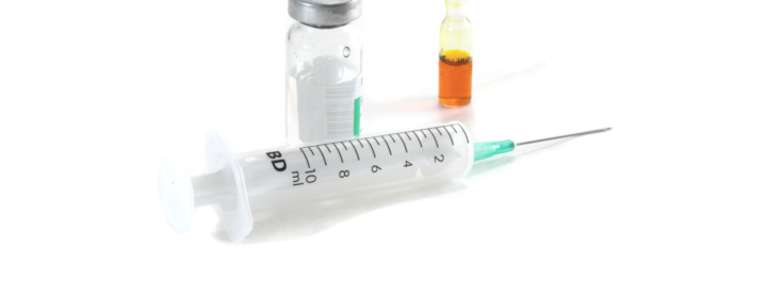
What Can People Living With HIV Do About High Cholesterol?
It’s important for people living with HIV (PLHIV) to find knowledgeable HIV providers to assist them in monitoring their health as there are other medical issues, beyond t-cell counts and viral load, that may be of concern for them. Adult PLHIV may be at increased risk for coronary heart disease due to many factors, including the effects of older age, as well as long-term exposure and side effects to antiretroviral therapies (ARVs). These medications can, in some instances, cause high cholesterol levels.
-
How to Be Fearless by Building True ConfidenceNovember 16, 2020
-
DAY ONE: HOW TO CHANGE NEGATIVE THINKING — page 2May 17, 2022
-
Good Signs You’re in the Right RelationshipApril 27, 2023
-
Kim Kardashian is not a billionaire yet: ForbesJuly 5, 2020
What Can PLHIV Do To Lower Their Cholesterol?
As with lipodystrophy, another side-effect of ARVs, it may be possible to change one’s ARV regimen to one that would be much less likely to cause hyperlipedemia. There are also many PLHIV who take cholesterol-lowering medications called statins. Recently the Food and Drug Administration (FDA) announced that statins taken with protease inhibitors, often found in ARVs, could increase the risk of muscle injury and could lead to kidney failure in some situations. Zocor, a popular cholesterol medication, as well as other statin classification drugs, may not be safe for PLHIV. At the same time, increased risk of heart attack means that PLHIV can’t just ignore high cholesterol. Since some HIV medications increase cholesterol levels, changing one’s ARV regimen may reduce risk, but not always.
Can Exercise and Diet Lower Cholesterol?
Even though medication is not as readily available to lower cholesterol for PLHIV, there are still measures than can be taken. Avoiding fatty foods, following a diet that’s low in fat, a regular exercise program, and quitting habits like smoking can all aid in reducing cholesterol to a safe level and decreasing the risk of a heart attack.
Now that PLHIV are living longer, the potential complications of having elevated cholesterol levels becomes a more serious consideration. For most PLHIV, there are good strategies to lower these levels, whether it’s changes in diet, regular exercise, the use of certain cholesterol-reducing drugs, or switching to ARVs, which are less likely to cause the problem in the first place.







